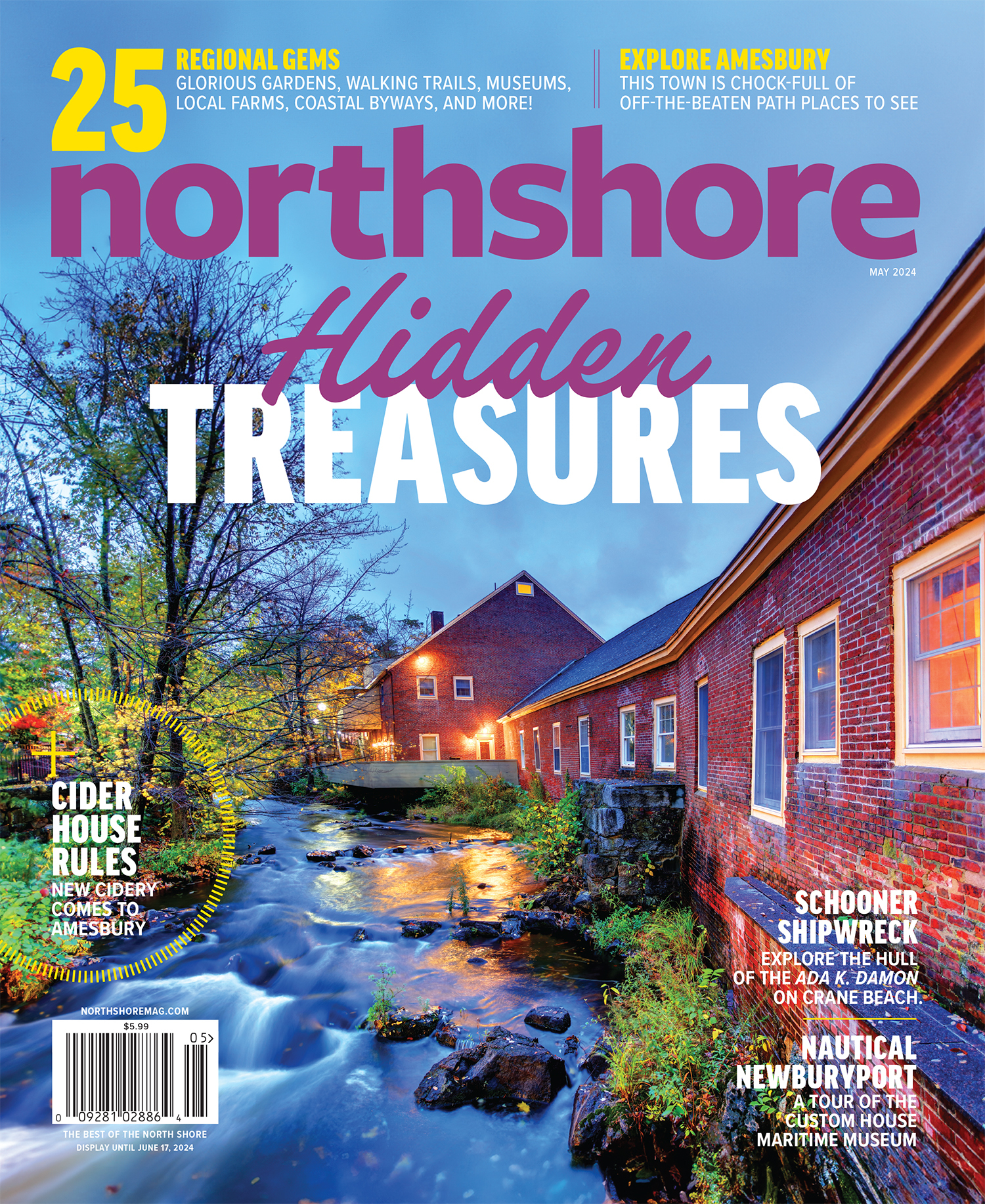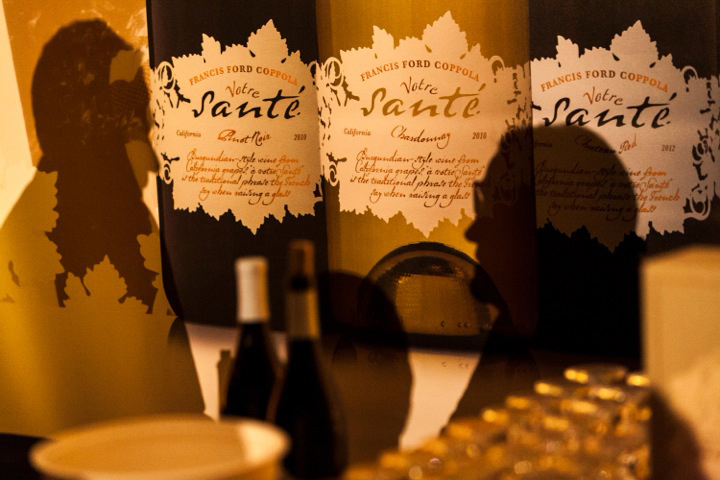Variable April weather has me reaching for a crisp dry white one moment and a hearty red the next—depending on whether the sun peeks out or grey skies loom overhead.
Perhaps fickle weather really calls for something in between. Shedding the powerful reds of winter for lighter styles requires a bit of detective work. One signifier for me is alcohol content. Alcohol is created when the yeast consumes the sugar in grapes—the more sugar in the grapes, the more alcohol in the finished product, unless the winemaker stops the fermentation process.
With the hot summers of recent years, it is getting harder to find wines below 14 percent alcohol, which is my personal sweet spot. Perhaps I am more sensitive than most, but for me, most wines above 14 percent have a heat on the palate that I find distracting, especially when pairing with food. Not to mention that with so much alcohol, an extra glass may lead to a headache.
Another reason to consider lower-alcohol wines in spring? Calories. A gram of alcohol has seven calories, compared to four calories in a carb and nine calories in fat. So a 13.5 percent alcohol wine has 108 calories per five-ounce pour, while a wine at 15 percent alcohol—increasingly common these days—has about 120 calories. Multiply that by a couple of glasses a week, and you’re not dropping that winter weight anytime soon.
Leonard Mello, president of The Cellar Fine Wines in Melrose, agrees that lower-alcohol red wines are versatile and can definitely be easier to pair with foods. “Some of the higher alcohol wines are really geared towards hearty dishes and do not work well with your every day meals,” says Mello, suggesting that for subtle wines from California, consider varietals from the Central Coast, Monterey, and Paso Robles regions.
A good place to start is Votre Santé Chateau Red from Frances Ford Coppola ($14), available at Cellar Fine Wines, among other purveyors. The Rhone-style wine blends Mourvèdre and Grenache from warmer parts of California with Syrah from a cooler climate to control the ripeness and sugar of this often-powerful grape. The resulting wine is food-friendly, soft and round, and ripe with black cherries and plums. At 13.5 percent alcohol—go ahead and have another glass. cellarwineandspirits.com

